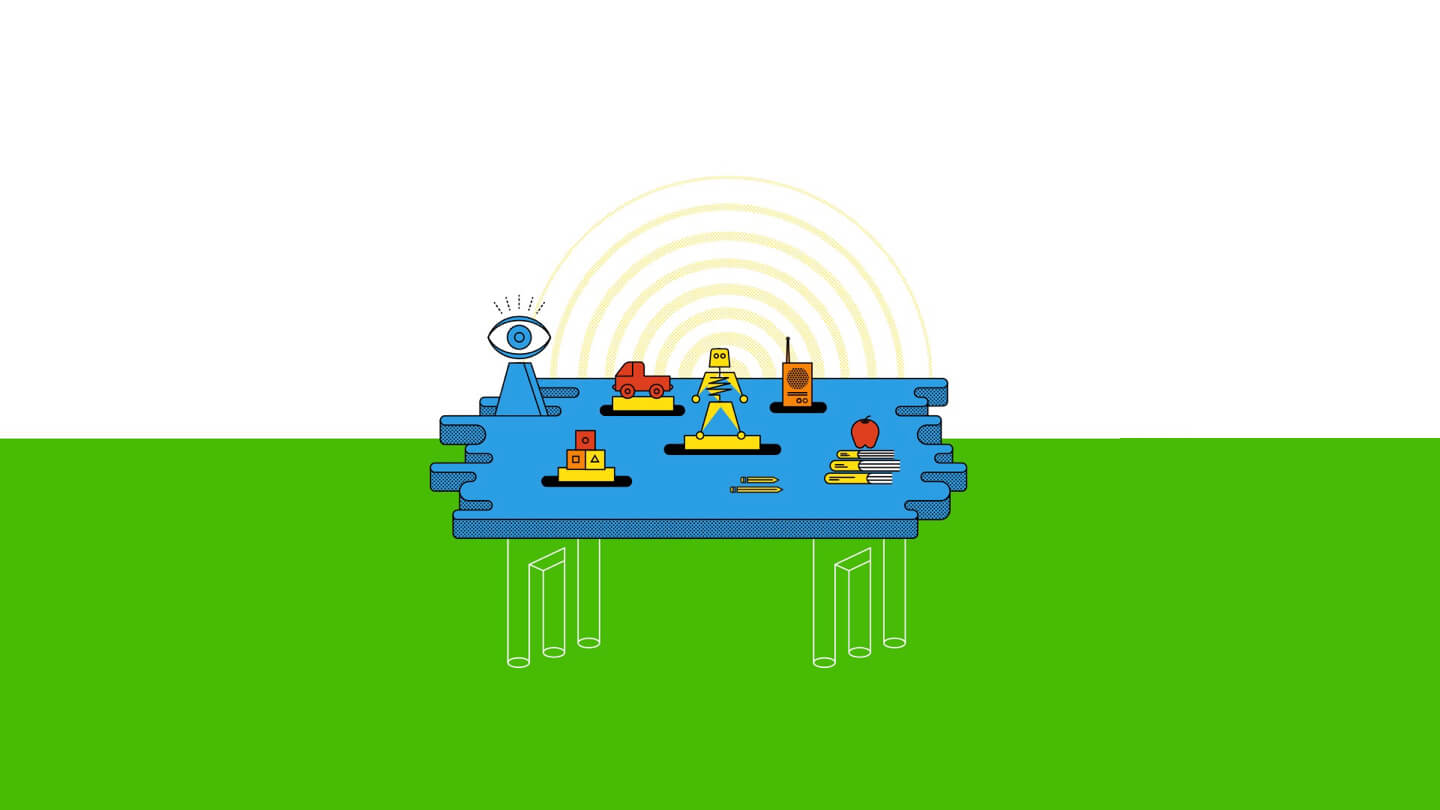
Artificial Intelligence in Special Education
Siri, will you marry me? Such a personal question might be unexpected coming from a 13-year-old boy with Autism. But last year Judith Newman noticed that her son Gus had forged an unexpected bond with Siri, the iPhone’s intelligent virtual agent. She wrote a New York Times article about her son’s experience learning social skills from the AI—not only how to ask other people questions during conversation, but about social etiquette and expressing empathy.
Siri may seem like an unconventional social skills aid. But Gus’ story is just one of many pointing to the impact of advanced digital therapy tools – Artificial Intelligence and social robots – on Autism therapies.
AI for Social Therapy
Children with Autism Spectrum Disorder (ASD) have been shown to display high levels of comfort with computers for many reasons. Computer programmes are predictable, logical, and can provide an intellectual outlet for children with specialised interests.
Therapists and educators around the world are testing several new technologies to help children with ASD develop social skills. Where humans can be unpredictable and overwhelming, ASD children tend to feel more comfortable with the predictable range of human expression exhibited by social robots. Perhaps more important to some children, robots and AI don’t pass any judgment: as Newman noted, “[Siri] will never make fun of” her son.
By developing relationships with AI and social robots, the hope is that ASD children will be able to better integrate socially with other people. The London Knowledge Lab has already tested this to some extent. In 2012 it partnered with Topcliffe Primary School to study what happened when children with ASD interact with Andy, a semi-autonomous virtual boy. The researchers saw improvement in specific social skills, such as a following the gaze of others.
Design in Today’s Social Robots
Today’s AI software was designed primarily to improve the speech and conversational skills of children with ASD, while also teaching them emotional intelligence. In 2013 a British primary school introduced its students to NAO, a 2-foot-tall humanoid robot that asks questions and responds to answers. His reactions are autonomous, allowing him to converse fluidly and imitate human patterns of speech. Similarly, 50 US schools are relying on Milo – a humanoid robot that exhibits a wide range of facial expressions – to teach children to identify human emotions, a common form of Autism therapy.
Online video coverage shows children with ASD making social breakthroughs with the help of robots. When presented with NAO, a normally insular child named Owen asked to hold the robot’s hand and take him for a walk. This display of tenderness stunned his teachers and parents. In another video, a boy happily chats with robot Romibo about his favorite movie (Wall-E), and then gives the robot a hug. “Before Romibo,” his mother stated, “he used to be at school all day and not say anything. But there is something about Romibo where he engages, and asks questions.”
Social robots are also being designed to capture and to track an individual student’s progress for specific tasks. This allows teachers and therapists to follow progress online and build personalised lessons for different focus areas.
Designing for the Future of Social Therapies
Despite it still being early stages, AI is already showing great potential to change the way we think about and treat Autism Spectrum Disorder. Special education therapists can team up with designers and robotic engineers to develop an extended ecosystem of Autism therapies. This can extend into the classroom, where students might interact with a variety of socially intelligent devices in a holistic and customisable approach: One-on-one lessons in facial recognition and conversation practice in the morning, then group play time with movement, music, and dancing in the afternoon. Various forms of robotic assistance could stay with the children throughout the day, helping them to make comfortable environmental transitions when switching classrooms or travelling from home to school. These social robotic aids could grow in sophistication and form as the child matures.
Future AI and robotic technologies can also provide an extra set of eyes and ears for therapists, teachers, and parents. While an ASD child interacts with robots in school or at home, the intelligent devices would continuously capture critical data about displayed social behaviors and make quick, informal assessments to gauge if a child understands the activity or is making slight skill improvements. Analysing this data can lead to pinpointing social success factors and assessing a student’s strengths and weaknesses. Educators would be better able to understand the child’s learning and emotional development, slowly introducing them to more complex and varied social environments over time.
As more Autism therapies are designed around the specific, individual needs of ASD children, AI and robotics will become more prominent forms of therapy. AI software, whether virtual like Siri or physical like the NAO robot, can help ASD children successfully navigate social interactions and unfamiliar settings, while instilling a sense of calm throughout the day. Use of AI and robotics from a young age could allow ASD children to reach ‘normal’ developmental milestones and forge social connections earlier than they might be able to do on their own. The ultimate promise these technologies hold is for children to gain the confidence and social skills they need to live more independently. Already, a small number of individual kids have transitioned from Autism programs to mainstream classes after pilot therapies with autonomous robots like NAO – a testament that this kind of transformation is indeed possible.
This story originally appeared in Education Technology

Caroline is a Senior Strategist at frog San Francisco. Teams look to Caroline to frame up opportunities, connecting the dots between research and concepts. She crafts visions for how customers might interact in the future, why those interactions are unique and memorable, and what we can do next to bring transformational experiences to market.

Constance is visual designer at frog in San Francisco. Her passion is creating brand and product concepts across digital, print, and physical experiences
We respect your privacy
We use Cookies to improve your experience on our website. They help us to improve site performance, present you relevant advertising and enable you to share content in social media. You may accept all Cookies, or choose to manage them individually. You can change your settings at any time by clicking Cookie Settings available in the footer of every page. For more information related to the Cookies, please visit our Cookie Policy.
Our Studios





